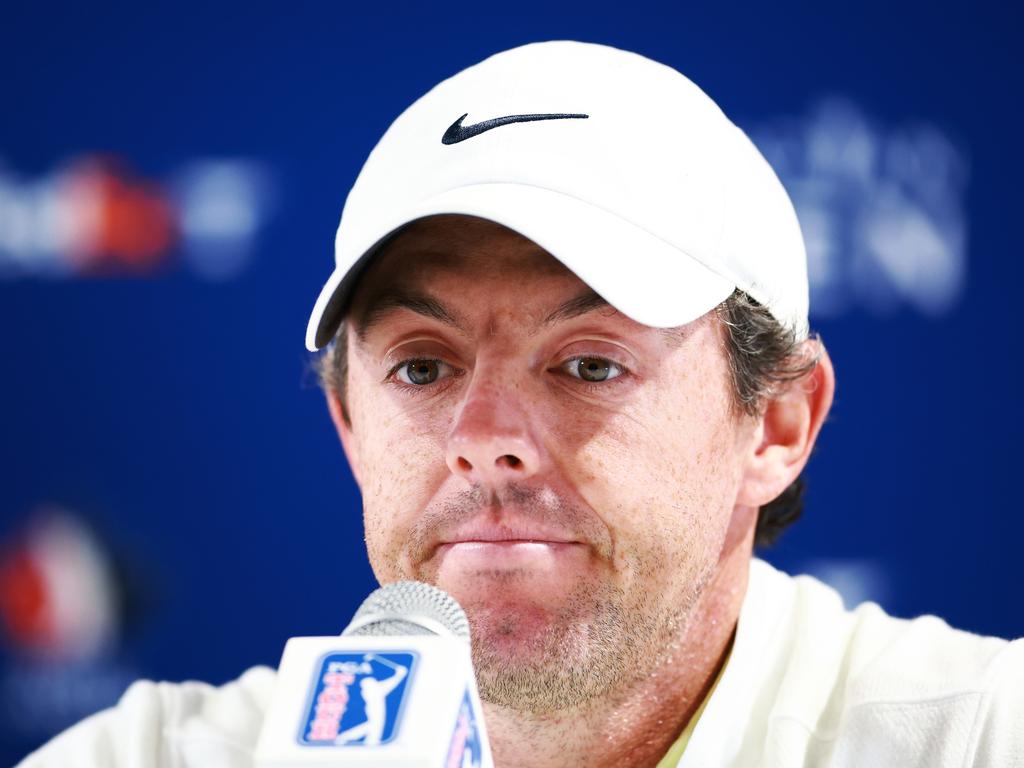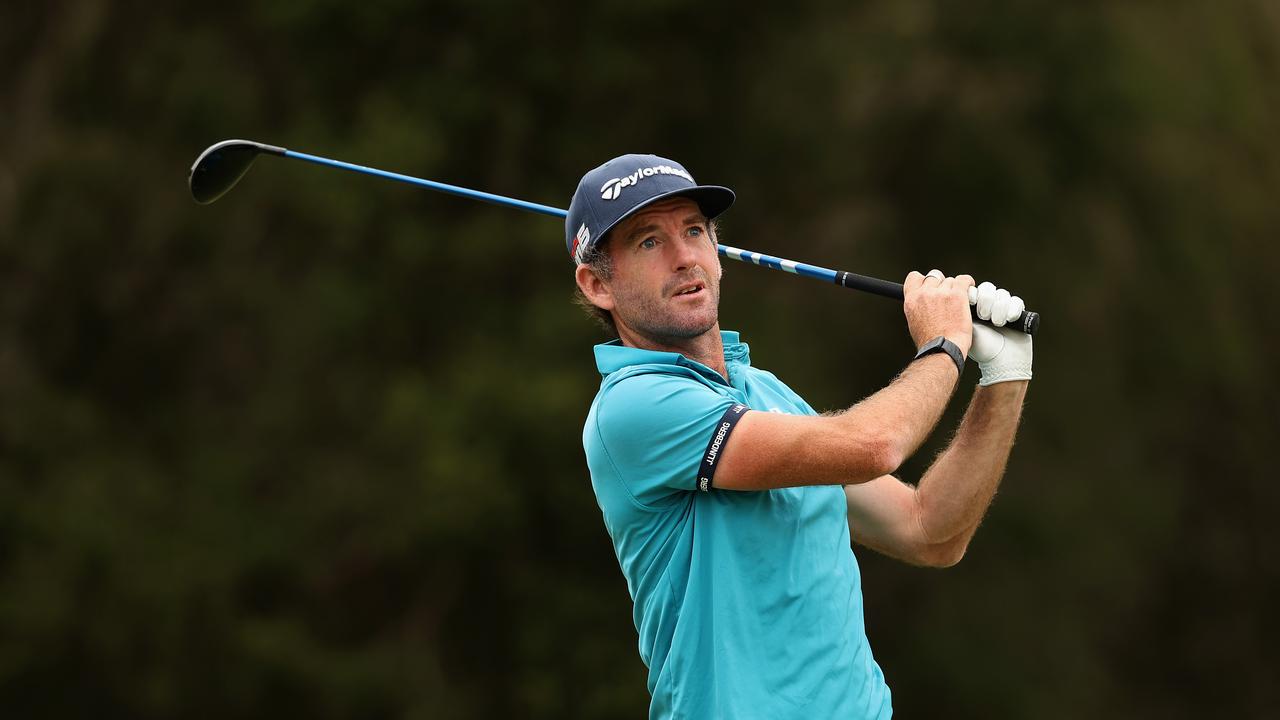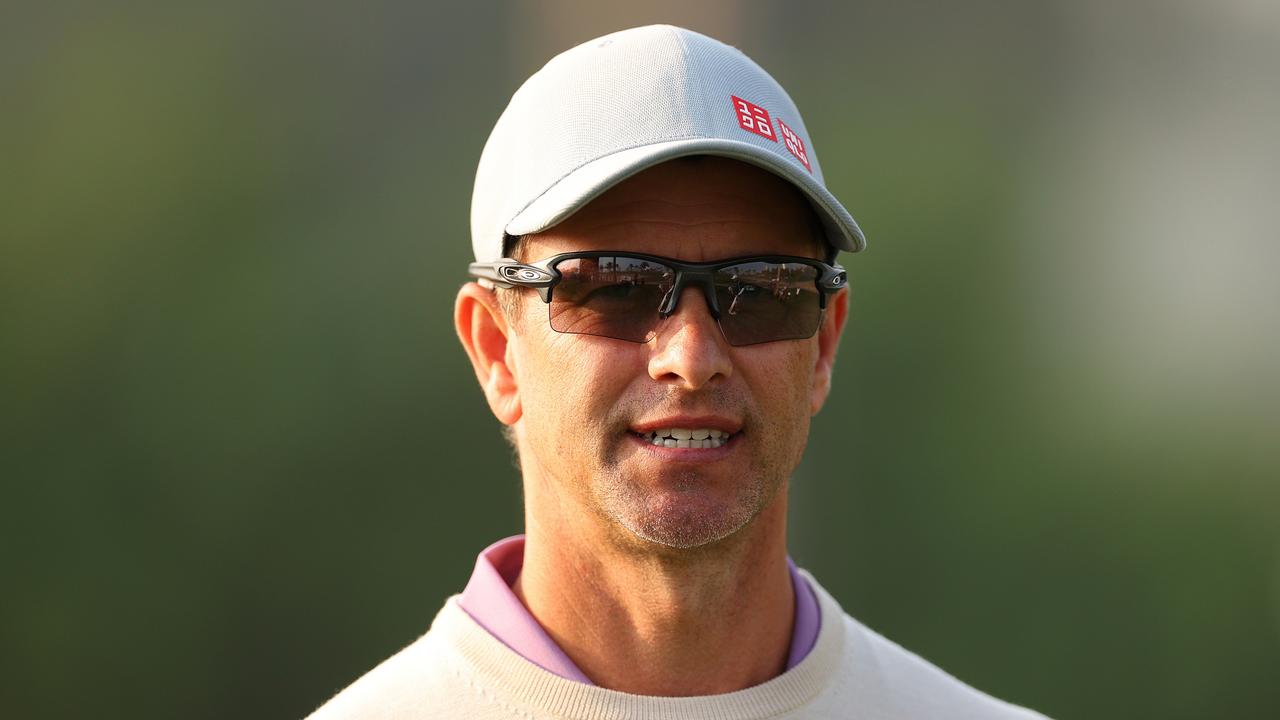The PGA tour says it couldn’t afford to keep battling Saudi Arabia
Two days after the PGA Tour agreed to partner with the Saudi backers behind rival LIV Golf, Tour commissioner Jay Monahan gathered his employees to explain his stunning reversal.
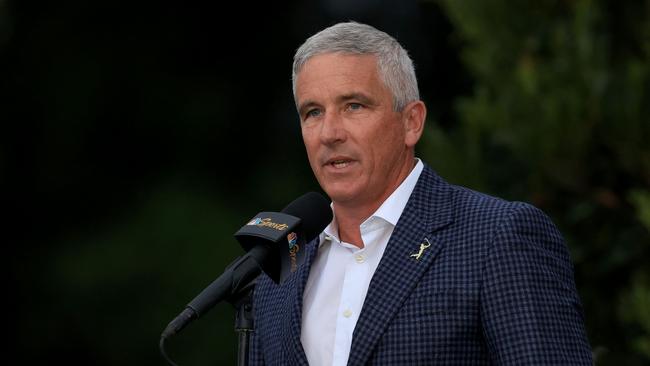
Two days after the PGA Tour agreed to partner with the Saudi backers behind rival LIV Golf, Tour commissioner Jay Monahan on Thursday gathered his employees to explain the deal and his stunning reversal.
From an atrium inside the PGA Tour’s headquarters, Monahan’s message was clear, according to a person who heard the remarks. The PGA Tour couldn’t financially afford to conduct a lengthy spending war against Saudi Arabia and its outsize coffers.
The Tour, Monahan told employees, had spent close to $50 million in its legal fight, which had years to go, and had dipped into $100 million of its reserves to pay for its schedule. The model was unsustainable, he indicated, as the Tour would have to continue to pay out of its reserves in the future.
“We cannot compete with a foreign government with unlimited money,” Monahan said. “This was the time … We waited to be in the strongest possible position to get this deal in place.” When Monahan said he had been asked how he would explain to his own daughters why he did a deal with Saudi Arabia, given its treatment of women, he mentioned his daughters by name and then took a long pause to collect himself before answering, the person said.
Then Monahan said that “the circumstances we were in” meant that he had to “think about all of our players. I have to think about everybody in this room.” “I understand all the human rights concerns,” he added. “I’ve had them myself.” Since the PGA Tour on Tuesday agreed to combine its commercial assets in a new for-profit entity with the golf-related business from Saudi Arabia’s Public Investment Fund, in a deal that also includes Europe’s DP World Tour, a more precise picture has emerged about the merger that sent whiplash across the golf industry. A key element of that, people familiar with the matter say, is that in its effort to keep up with the billions of dollars pumped into LIV, the PGA Tour was on a path to be financially drained by the Saudis.
“To characterise that this agreement was made due to litigation costs and other use of reserves is an oversimplification,” a PGA Tour spokesman said in a statement. “With the end of the fractured landscape in the world of men’s professional golf, the PGA Tour has never been a more valuable property … This transaction will make professional golf more competitive with other professional sports and sports leagues.” The idea that the PGA Tour’s sudden about face and willingness to do business with the Saudis was motivated, at least in part, by its financial outlook counters the Tour’s own public narrative. Since the deal was agreed to, PGA Tour officials have said the Tour’s financial future was bright.
But, owing to its new rival, its spending has increased dramatically over the past year.
When LIV launched a year ago, it brought unprecedented money into professional golf. The $25 million of prize money it offered at its regular-season tournaments was a record high. And to further induce top talent such as Phil Mickelson and Dustin Johnson to sign on, LIV offered enormous appearance fees, some of which reportedly exceeded $100 million.
Monahan bluntly stated last year that “if this is an arms race, and if the only weapons here are dollar bills, the PGA Tour can’t compete.” But as LIV continued to pick off top golfers — it announced Brooks Koepka as an addition during the same press conference last June when Monahan uttered those words — the Tour participated in that financial arms race anyway.
For the 2023 season, the Tour highlighted a number of tournaments with drastically increased purse sizes. The prize funds at those tournaments increased by $100 million compared with 2022. Monahan, last year, said the increased pots came from sponsor contributions and the Tour’s reserves.
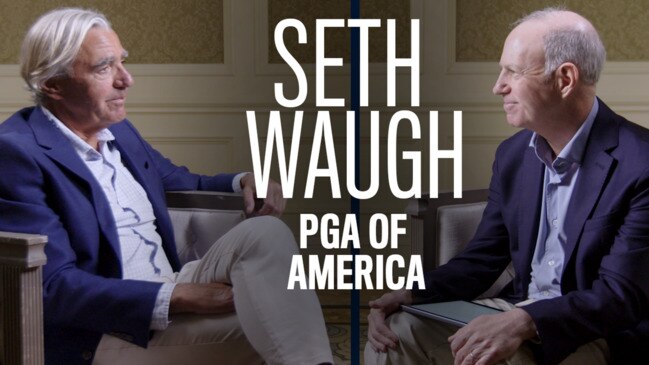
Last year was also the second season of the PGA Tour’s Player Impact Program, a fund it created to pay golfers for the buzz they generate for the sport and not merely be compensated by the pure meritocracy of how they finish at golf tournaments. The PIP awarded $100 million to 20 golfers in 2022.
Meanwhile, the Tour was shelling out for multiple white-shoe law firms to defend it across the country. First, it had to deal with the Justice Department launching an antitrust investigation into the Tour and other prominent golf bodies, The Wall Street Journal first reported, and had secured itself top-shelf counsel.
Then the Tour became locked in a legal battle with LIV, which had sued accusing it of anticompetitive behaviour designed to squash a nascent rival. The Tour had countersued, accusing LIV of interfering with its business dealings. It had two powerhouse firms as its counsel of record — Keker, Van Nest & Peters and Skadden, Arps, Slate, Meagher & Flom — as well as other consultants.
The costs of the litigation mounted quickly, with the two sides demanding the other produce hundreds of thousands of pages of documents in the discovery process and fighting over almost every aspect of the procedure. And it seemed that a trial date in 2024 could be delayed because the sovereign-wealth fund was determined to continue appealing demands for it to turn over documents on the basis that it had sovereign immunity. People familiar with the situation said that, with potential appeals, the Tour would have been measuring the costs of the legal bills alone in the hundreds of millions instead of tens. The Tour faced the prospect of treble damages if it lost, a person familiar with the matter said.

The Tour had also sought more money from sponsors, especially in connection with the richer purses at events, people familiar with the matter said. But there was little appetite to keep up with the rising costs. Instead, at least one sponsor of an elevated event was mulling whether it wanted to stay in the golf business at all, one of the people said.
Then the Tour moved to settle its woes with a deal that ends the litigation and bidding on players. The arrangement between the PGA Tour, PIF and the DP World Tour calls for Yasir Al-Rumayyan, PIF’s governor, to chair the new, unnamed venture. Monahan will serve as its CEO and the Tour will get to pick the majority of the board. The Saudis are expected to inject billions into the venture, Al-Rumayyan said.
Monahan, in his speech to employees, said he would conduct a review of LIV and give a recommendation to the new board on how and if it should continue.
One person familiar with the agreement said that during the negotiations, Al-Rumayyan had offered to drop the litigation even if they didn’t enter into a pact, so the Tour saw value in the partnership beyond the cost savings.
The PGA Tour, unlike other major professional sports leagues in the U.S., isn’t run by billionaire team owners. It’s set up as a nonprofit, with a stated mission of growing the sport through sanctioning tournaments and promoting the interests of touring pros.
The clearest picture of the Tour’s financials come from its most recent available tax forms from 2021. The Tour’s revenues were $1.59 billion while Monahan’s total pay added up to $13.9 million.
The filings also indicate why spending such a significant portion of its reserves wasn’t sustainable, even if it wasn’t about to send the Tour belly up imminently.
But if the litigation extended, the PGA Tour was going up against an entity with vastly superior resources.
Saudi Arabia’s sovereign wealth found last year counted $606 billion in assets, $45 billion in cash and cash equivalents and $85 billion in treasury assets among its portfolio.
Dow Jones




